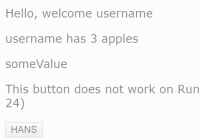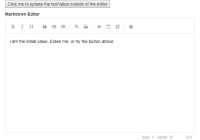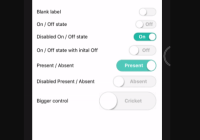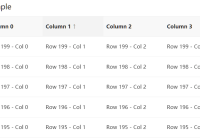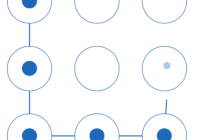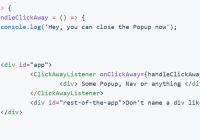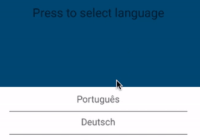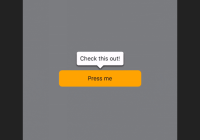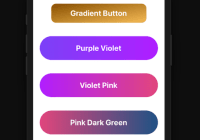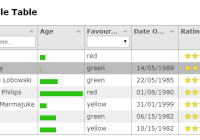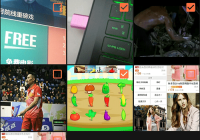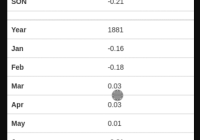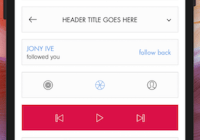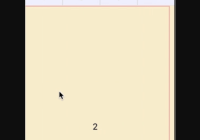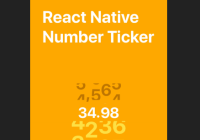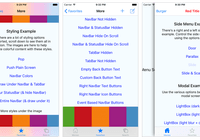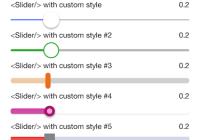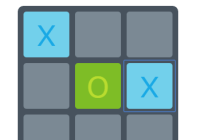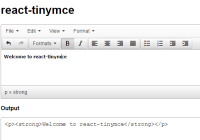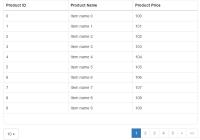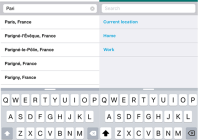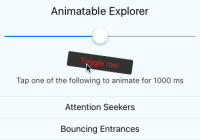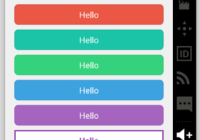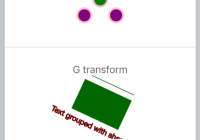react-put
A package that displays things in react components. Suitable for formatting and i18n.
This package works by injecting a function (by default called put) into the props of a a connected react component. The injected function takes a key and optional context and returns something else (usually a string).
Install
npm i --save react-putExamples:
The basic usage:
// App.js import connectPut from "react-put" class App extends Component { render() { return ( <div> <p>{this.props.put('hello')}, {this.props.put('welcome', 'username')}</p> <p>{this.props.put('haveApple', 'username', 3)}</p> <p>{this.props.put('testKey')}</p> </div> ); } } const options = { dictionary: { hello: '你好', welcome: name => `欢迎${name}`, haveApple: (name, amount) => `${name} has ${amount} ${amount === 1 ? 'apple' : 'apples'}`, }, mapPropToDictionary: props => props, // You can do something wild with this option }; export default connectPut(options)(App); // test.js import App from './App'; ... render() { return <App testKey='someValue' /> } ... // renders: <div> <p>你好, 欢迎username</p> <p>username has 3 apples</p> <p>someValue</p> </div> Here's an example of the usage with redux managed props:
class App extends Component { constructor(props) { super(props); this.changeLanguage = () => { this.props.dispatch({ type: 'SET_DICT', dictionary: {...} }); // Assume SET_DICT is received by dictionary reducer }; } render() { return ( <div> <p>{this.props.put('hello')}, {this.props.put('welcome', 'username')}</p> <p>{this.props.put('haveApple', 'username', 3)}</p> <p>{this.props.put('testKey')}</p> <button onClick={this.changeLanguage}>Change Language</button> </div> ); } } const options = { mapPropToDictionary: props => Object.assign({}, props.dictionary), }; const mapStateToProps = state => Object.assign({}, { dictionary: state.dictionary }); ConnectedApp = connectPut(options)(App); ConnectedApp = connect(mapStateToProps)(ConnectedApp);Guide:
This package exposes a single function connectPut and is the default export of the package.
connectPut():
type Options = { dictionary?: Object, mapPropToDictionary?: (props: Object) => Object, putFunctionName?: string, notFound?: (key: string) => any } connectPut(options: Options)(Component) => ComponentOptions:
There are 4 optional keys in the options.
| key | description |
|---|---|
| dictionary | An object directly used by the injected function |
| mapPropToDictionary | A function that takes props of a component and returns an object that updates dictionary |
| notFound | A function that takes key, if (!(key in dictionary)), and returns something to display. (Defaults to key => `$$${key}`) |
| putFunctionName | A string that specifies the injected prop name. (Defaults to put) |
put():
The connected component will have a new props, which by default is called put.
put(key, ...context) => anyThis function looks up the key in dictionary and returns something to return accordingly.
If the value of the key is a string, a string is returned. If the value is a function, the function is called with ...context and returns.
